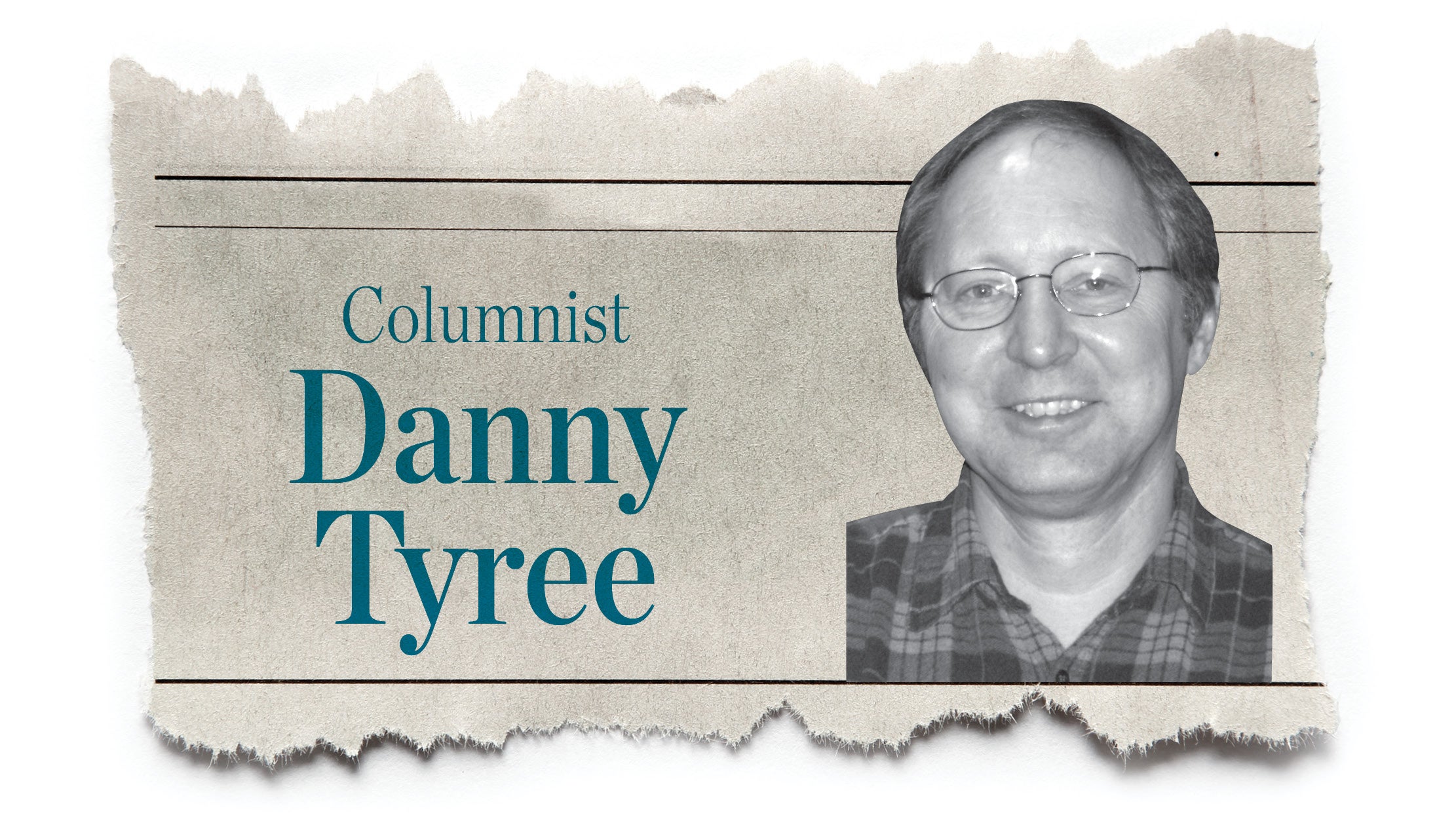Governors for all the people?
Published 10:21 am Friday, December 14, 2012
This week the Republican legislature and Governor of Michigan passed a Right to Work law in the state that has been the American cradle of the labor movement.
While many outcomes remain to be seen from this new law, one outcome is already apparent; the law has divided the people of Michigan and citizens have taken to the streets in protest.
This is not a new pattern for Republican Governors. In Wisconsin and Ohio the anti-labor actions by governors Walker and Kasich have brought similar responses of people who felt betrayed by their government.
Which raises the question, are these governors of all the people of their states, or are they governors of Republicans in Michigan, Wisconsin and Ohio?
Given the additional steps taken in each of these states to restrict or deny voting rights to those who may vote against their political party, it seems highly possible that these men, who have divided their states to near violence, are not governing for all the people, but for their political party and its well-funded supporters.
But why anti-union when so many citizens in these states are union members?
Union history presents foundational accomplishments that none but a small few could deny the need and success of organizing to protect workers, their safety, their education and their income and job security.
But unions have suffered since their peak in 1954 of 28.3 percent of all American workers to 11.8 percent today. Their decline has been mirrored by a significant increase in worker GDP contribution and a flattening of pay.
Yes, American workers, the most productive on the planet, have increased their productivity and lost wages at the same time. As unions declined, so too did wages for all workers.
Numerous studies cite the contributions of unions historically to wages. Union wages average `10-30 percent higher than non-union wages; union workers bargain for better benefits, have longer job tenure, lower quit rates, and higher training and education skills and programs.
So what went wrong?
Unions lost their marketplace leverage over the past 30 years as a byproduct of several factors including globalization, financial strategic changes, and technology.
Globalization placed superior American workers in mismatched competition with cheap international labor; financial instruments created Bain Capital groups whose purpose became profit by cutting wages, failing to upgrade production facilities, and taking money out of company as management fees; technology eliminated many jobs across all industries.
In the meantime CEO pay has increased in America and outpaced comparable CEO pay across the globe. As worker wages stagnated, CEO pay now stands at between 185-325 times worker income, compared to 11-1 ratios in Japan.
Corporate profits also increased to their highest level of total national income to 14 percent in 2010, the highest portion ever recorded.
Sociologists Western of Harvard and Rosenfeld of the University of Washington conducted studies concluding “Unions were often prominent voices for equality, not just for their workers, but for all workers. Union decline marks an erosion of the moral economy and its underlying distribution norms.”
There are winners and losers with the new law in Michigan.
The winners are businesses seeking still lower wages, fewer benefits and less workplace participation by workers.
Losers? All of us. For without leverage to fight for wages, benefits, job security, and fairness in the workplace we all lose.
And the governors of Michigan, Wisconsin, and Ohio demonstrate that they have become the governors of Republicans, not of their state’s citizens.
Jim Crawford is a retired educator and political enthusiast living here in the Tri-State.





